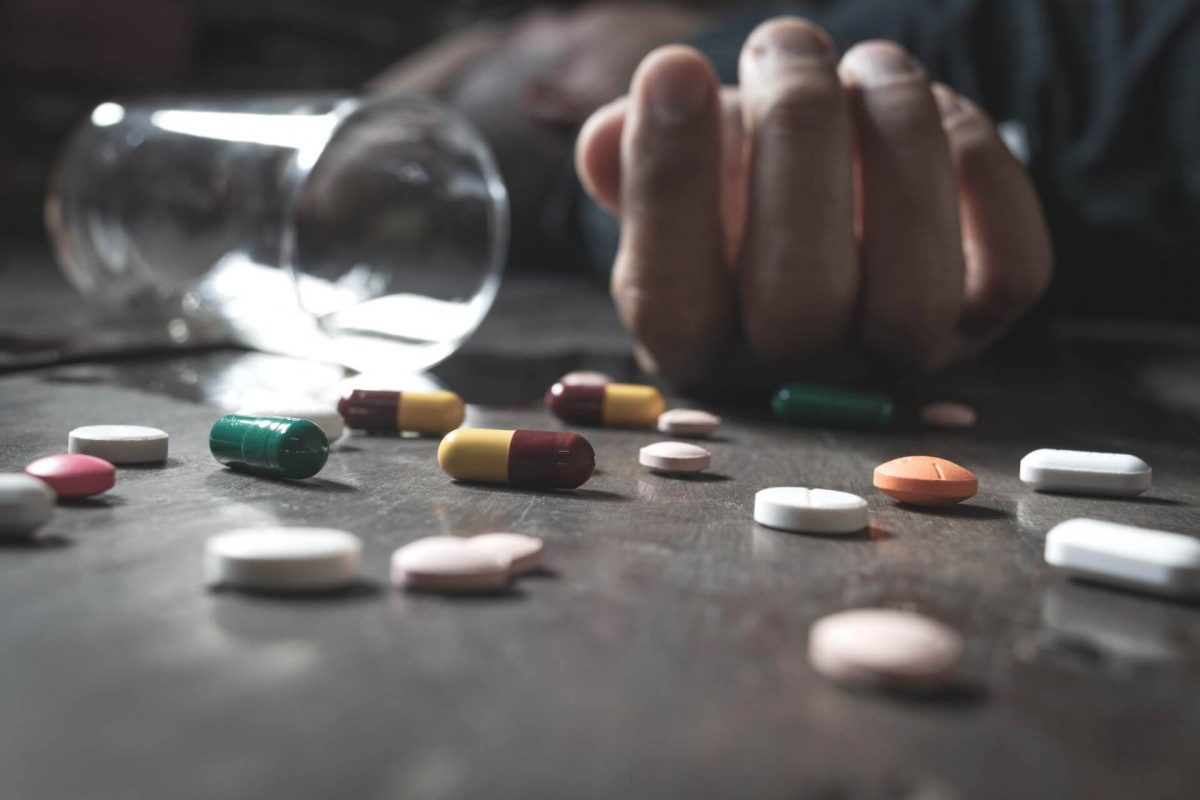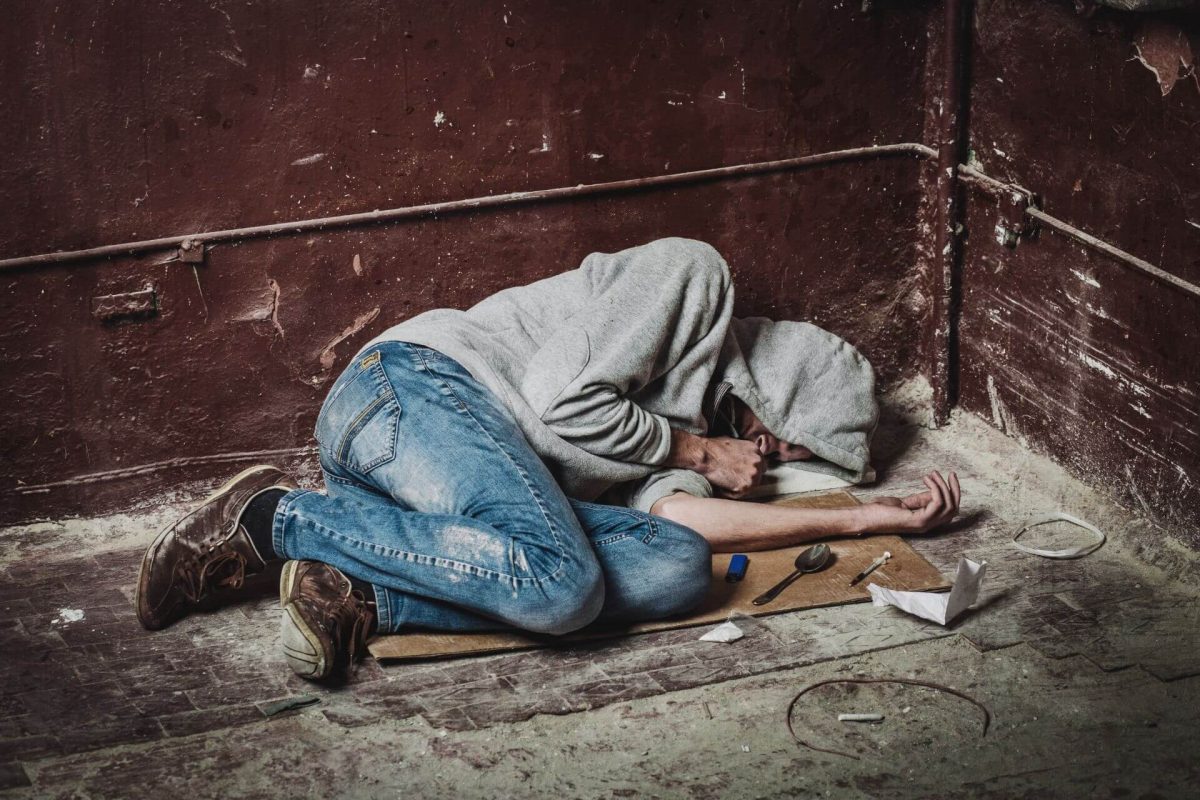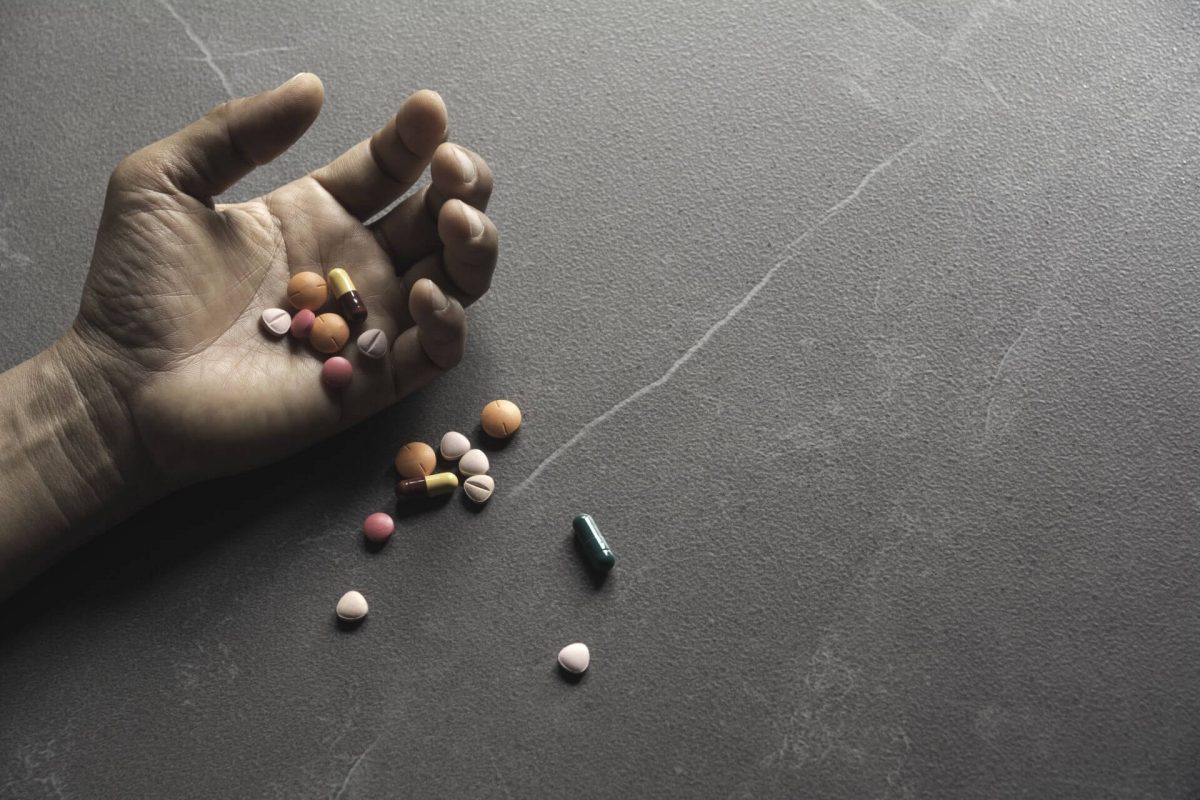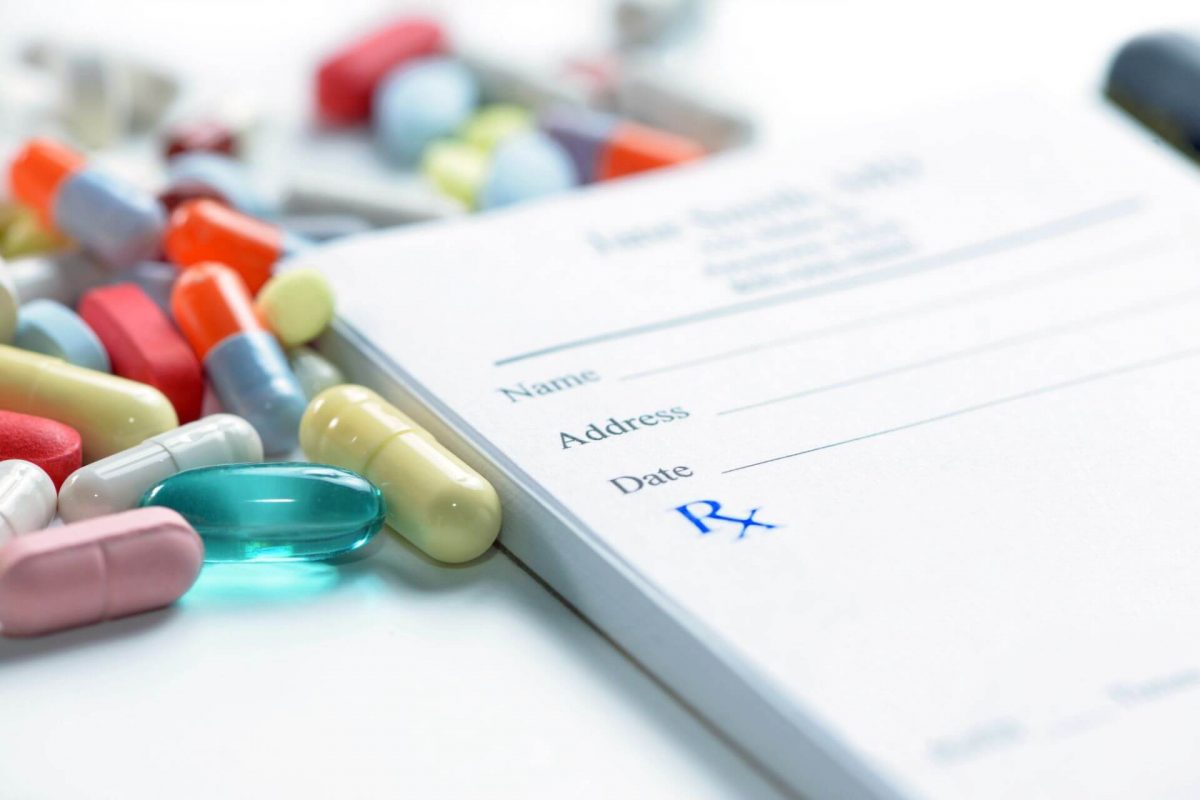The death rate from drug overdoses is climbing across the globe at an alarming rate. A significant proportion of these deaths are linked to synthetic opioids abuse. In 2019, the Centers for Disease Control and Prevention (CDC) in the United States reported deaths linked to synthetic opioid overdoses (excluding methadone) had quadrupled since 1999.
Not all drug overdoses are fatal, but they are life-threatening and need urgent medical attention. An overdose can be accidental or intentional, and it can happen to anyone. Here is information on medical complications, overdose symptoms, and treatment to save a person’s life.
What is drug overdose?
A drug overdose occurs when you take a toxic amount of prescribed medicine or illegal drug. Drug toxicity occurs when chemical compounds cause substantial damage to an organism (heart, lung, kidney) and devastate a person’s bodily functions. Toxicity-induced organ failure depends on the type of drug and dosage.
Symptoms of a drug overdose include severe headaches, fever, anxiety, disorientation, acute chest pain, shortness of breath, high blood pressure, seizures and loss of consciousness. Drug overdose is life-threatening and can be fatal without urgent medical treatment.
What causes drug overdose?
When your body cannot safely process a drug-induced dopamine surge, your central nervous system becomes overwhelmed and shuts down. The most common cause of drug overdose deaths is respiratory failure.
In most cases, drug overdose is accidental because there is no way of telling how much of a drug one can tolerate before the body fails. Drugs affect people differently, and there are different ways your central nervous system can be overwhelmed. People can overdose after years of drug abuse or the first time they experiment with drugs like ecstasy and heroin.
Medical complications of drug use disorder

Medical complications depend on what drug is used, and how much and how frequently the substance is consumed. Complications from drug use disorder fall into five categories:
Breathing complications
Inhaling a drug like crack cocaine can cause permanent damage to your airways and pharynx. Effects of the drug increase intra-alveola pressure, which can cause the alveolar and connective tissue to rupture. A severe complication is a bullous emphysema, where cavities in the upper lobes of the lung fill up with air or fluid.
Symptoms of heroin and morphine overdose include shallow and ineffective breathing. The person needs urgent intubation or mechanical ventilation, and Naloxone (opioid antidote).
Heart complications
One in four (25%) people with drug use disorder develop myocardial infarctions (Mis), meaning they have a heart attack. MIs occur when areas of the heart muscle receive too little oxygen because blood flow to the heart is restricted.
Drug use disorder also causes irregular heartbeats, severe chest pain, coronary spasms and sudden death. You’re most at risk of a MI if you abuse cocaine, ecstasy (MDMA) and amphetamines.
Liver complications
Liver failure is a severe consequence of drug use disorder. Common signs of liver failure include acute hepatitis, swollen or tender muscles, memory loss, personality changes, fatigue caused by poor muscle oxygenation and seizures.
Liver failure is treated with fluid replacement and monitoring electrolyte levels.
Brain complications
Drug use disorder changes how your brain works and functions. The central nervous system becomes depressed, and the risk of confusion, disorientation, convulsions, hallucinations, and delirium increases. Drug toxicity can lead to a thrombotic stroke, cerebral embolism, coma and death.
Severe cases of drug-induced brain instability are treated by sedation or medically-induced coma and ventilation.
What are the common signs and symptoms of a drug overdose?

Drug overdose symptoms depend on the substance used and dosage. Common symptoms are related to breathing difficulties, brain damage, and heart and liver failure.
These ten conditions are ominous warning signs of drug overdose:
- Sudden change in body temperature (too hot or too cold), clammy skin
- Constricted, pinpoint or dilated pupils
- Extreme drowsiness, appear lifeless
- Vomiting or diarrhea
- Stomach cramps
- Unresponsive, unconscious, dazed or coma
- Colour of skin changes; pale or flushed (bluish tint indicates respiratory failure)
- Slowed, shallow breathing
- Tachycardia; rapid or irregular pulse
- Raised blood pressure
- Hallucinations, delirium, psychotic behaviour
- Seizures, convulsions
Types of drug overdose
Symptoms of drug overdose differ according to the type of drug and dosage. There are three primary categories of overdose stemming from abuse of opioids, depressant drugs and stimulants.
Opioid overdose
Opioids contain a natural or synthetic form of morphine and are prescribed for acute pain relief from illnesses or surgeries. Opioids are highly addictive, and opioid use disorder is responsible for one out of four drug overdose deaths. The most commonly abused opioids are heroin, fentanyl, OxyContin, Vicodin and codeine.
The drugs work by attaching to opioid receptors in your brain cells, which release messages that depress pain sensations and boost feelings of pleasure. When too much of the drug is in your body, the central nervous system shuts down opioid receptors in your brain, organs and gastrointestinal tract. When the opioid receptors shut down, your body can’t function normally.
High doses of opioids slow down your breathing and heart rate, leading to a coma or death. Opioid overdose is treated with Naloxone (Narcan), an opioid that blocks the effect of opioids in your central nervous system.
Depressant overdose
Depressant overdose is linked to abuse of benzodiazepines. Benzos are highly addictive pharmaceutical medications prescribed for mental health disorders, including anxiety disorder, panic attacks, PTSD and seizure disorders. The most common examples of benzos are Xanax, Valium, Ativan, Klonopin and Diazepam. Sedatives and sleeping pills are also examples of benzodiazepines.
Depressant drugs affect your central nervous system (CNS) by lowering blood pressure and body temperature and slowing your breathing and heart rate. Benzos have a sedative effect which helps to calm a person and reduce anxiety symptoms.
Abuse of benzos can permanently damage your central nervous system leading to breathing difficulties, heart attack, overdose, coma and death.
Stimulant overdose
Methamphetamine (meth), crystal meth and cocaine are examples of stimulant drugs. They contain amphetamines and other synthetic chemicals and work in the opposite way to opioids. Stimulant drugs increase your heart rate, blood pressure, breathing and body temperature.
Amphetamines are prescribed for mental disorders such as ADHD because they help to improve concentration, alertness and feelings of elation or euphoria. People become addicted to the high created by the dopamine surge, either smoking, sniffing or inhaling the substance. Stimulant drugs are often abused by people fixated on weight loss.
Stimulant drugs are hard to quit because withdrawal symptoms are acute. Mild symptoms include fever, chills, vomiting and nausea. Severe symptoms include tremors, seizures, heart attack, kidney failure, high body temperature, paranoia and hallucinations. An amphetamine overdose can be instant and fatal, and it can happen the first time you use the drug.
Medication and oxygen are used to stabilise someone who has overdosed on amphetamines, including lowering their blood pressure and body temperature, preventing convulsions, and improving their breathing.
How is drug overdose treated?

As mentioned, drug overdose treatments depend on the type of drug used and dosage. An overdose needs immediate medical treatment; the sooner you call for help, the better.
The standard approach to treating a drug overdose includes one or more of the following:
Stomach pump
Gastric lavage or irrigation involves flushing any harmful substance out of your system that has not been absorbed. A tube is passed through your mouth or nose into your stomach, and a saline solution is used to cleanse your stomach of harmful toxins. This treatment is followed by suctioning to purge excess toxins.
Activated charcoal
Activated charcoal is commonly used to treat poisoning and drug overdose. The active ingredient binds to toxins in your body and helps purge them. Charcoal is made from wood or coal and is activated under high temperatures when a gas expands to the surface area. Activated charcoal blocks the effect of harmful substances in your stomach, intestine and bloodstream. The toxic substance is excreted through your stools.
Naltrexone
Naltrexone (Narcan) is an opioid antagonist and an antidote for overdoses. It is most commonly used for heroin overdoses. Naltrexone works by binding to opioid receptors in your central nervous system and blocks the effects of the drug. It is injected into your muscle, veins or under your skin or administered as a nasal spray.
Naltrexone works instantaneously and can save your life, but only if you have opioids in your system. The opioid antidote only works for between 30 to 90 minutes. A second dose is necessary if your life is still in danger.
Benzodiazepines (benzos) and antipsychotics
Benzos and antipsychotics are used in medical detox to treat symptoms of cocaine toxicity, including high fever, seizures, hyperthermia and hypoglycemia. Benzos are highly addictive, and you’ll be weaned off them when you’re out of danger to prevent addiction.
Intubation
Intubation is used to open airways when a person has benzo toxicity and has gone into respiratory distress. Paramedics may use a bag-valve mask if it’s not possible to intubate a patient on the scene. In some cases, a benzodiazepine antagonist such as Flumazenil is used to open a patient’s airway and control their breathing if it’s not safe to intubate or ventilate the person.
How to help someone who has overdosed on drugs
Your quick reaction could save your loved ones life if you suspect they have overdosed on drugs. Keep calm and follow these 5 steps:
Step 1: Call for medical assistance
Drug overdose needs urgent medical attention. Don’t wait for the person to ‘come around; it could be fatal if you hesitate or avoid calling trained paramedics for help.
Step 2: Check their status
If the person is conscious, keep them calm and reassure them they’ll be okay. Instruct them to take slow, deep breaths. Ask them what drugs they have taken and how much.
If the person is unconscious, don’t slap them or shake them to ‘wake them up. You could hurt them and make matters worse. Try to rouse them by rubbing your knuckles on their sternum or lightly pinching them. If they do not respond but are breathing on their own, put them into the recovery position.
Step 3: Check their vital signs while waiting for help to arrive
Take note of overdose signs so you can inform the paramedics when they arrive. Feel for a pulse, and check their airway is open.
Apply CPR if the person isn’t breathing; tilt their head back and pinch their nose, place your mouth over their mouth and breath out twice slowly. Keep doing this, alternating between breathing and checking to see if their chest is rising.
Don’t put your finger down their throat to make them vomit. They can choke or inhale the vomit, which could be fatal.
Step 4: Cover the person with a blanket
Severe hypothermia is a symptom of drug toxicity and overdose. Keep the person warm until help arrives. If their body temperature is too high, loosen their clothes and put a cool, damp cloth on their forehead.
Step 5: Give them Naloxone if you have it
Many people keep Naloxone for an emergency if they live with someone with opioid addiction. Naloxone works instantly to block opioid receptors and resuscitate patients with drug toxicity.
Use the rescue breathing technique while you wait for the Naloxone to work. Naloxone is short-acting so you must get the person to a hospital as soon as possible.
What to do after a drug overdose?

If you or a loved one has survived a near-fatal drug overdose, it’s time to get help. An overdose is a wake-up call that a drug habit is out of control. It would be best to look into different treatment options for your addiction and commit to an inpatient or outpatient addiction treatment Program.
We’re here to help.
Contact us today if you’d like a confidential and free chat with one of our highly-trained addiction professionals at White River Manor in South Africa.







